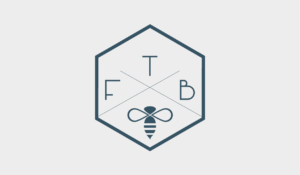
Deutsch: Darwinistische Bienenhaltung
Deutsch: Darwinistische Bienenhaltung Désolé, cet article est seulement disponible en Allemand. — Download PDF
Désolé, cet article est seulement disponible en Anglais.
—
The honeybee comb, which is highly similar among honeybee species, is a mass of six–sided cells made by honeybees. It contains the brood, the honey and the pollen within horizontally–arranged and parallel structures. The construction processes and the geometry of the hexagonal cells have been extensively studied since centuries. Although studies of the natural, full–sized comb structure have been thoroughly performed in the past, the analysis of their early developmental stage size properties has not been investigated in detail.
Here in particular, I found that the general two–dimensional elliptical form of the newly–constructed honeycombs could be drawn into a rectangle of modules having values approaching either 2.00 or 1.62, where the module of the rectangle is the simple division of it’s long by it’s short side lengths. It is proposed here that the elliptical form of the early stage honeybee comb is not random, but is following mathematical rules reflecting some geometry intimately related to the golden ratio, also called golden mean or divine proportion. This mathematical presence of the golden ratio might reveal the effect of an inherent law of the Cosmos.
(Text in English ; préface en français ; Vorwort auf Deutsch)
ISBN: 9781364274344 hardcover
ISBN: 9781364244491 softcover
PDF hier zum Download.

Deutsch: Darwinistische Bienenhaltung Désolé, cet article est seulement disponible en Allemand. — Download PDF

Deutsch: Apis mellifera und das BNatSchG Désolé, cet article est seulement disponible en Allemand. — Ein Gastbeitrag von Sigrun Mittl. Lesen Sie hier mehr dazu.

Aucune intervention depuis 30 ans Rencontre avec Guy Fin d’été 2016, j’ai eu la grande joie de rencontrer Guy Aubry, en Meuse (55). Une grande joie car la vie